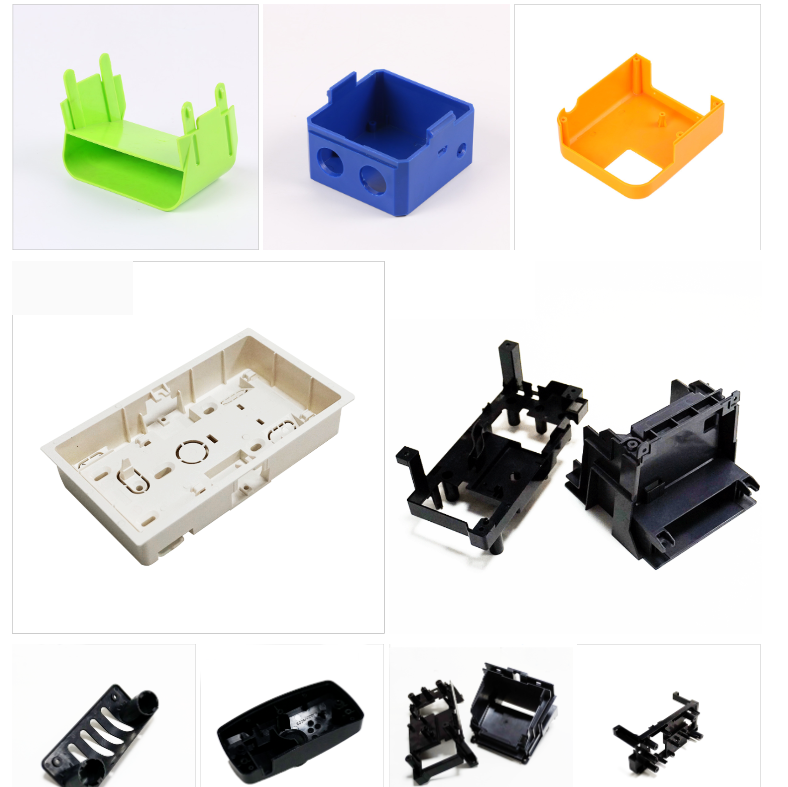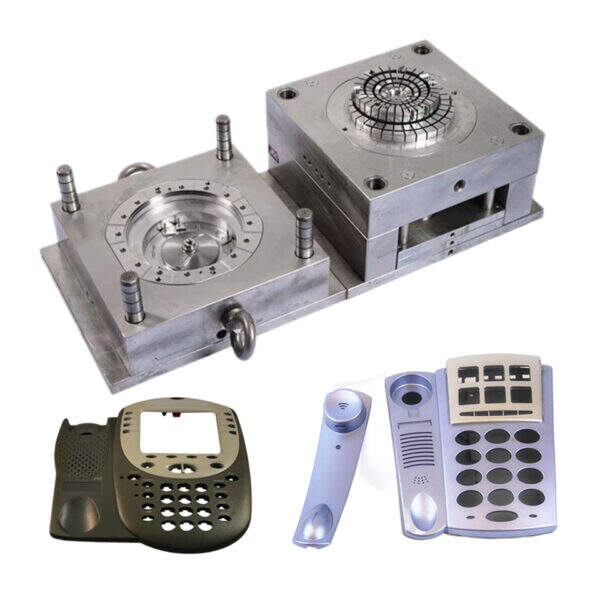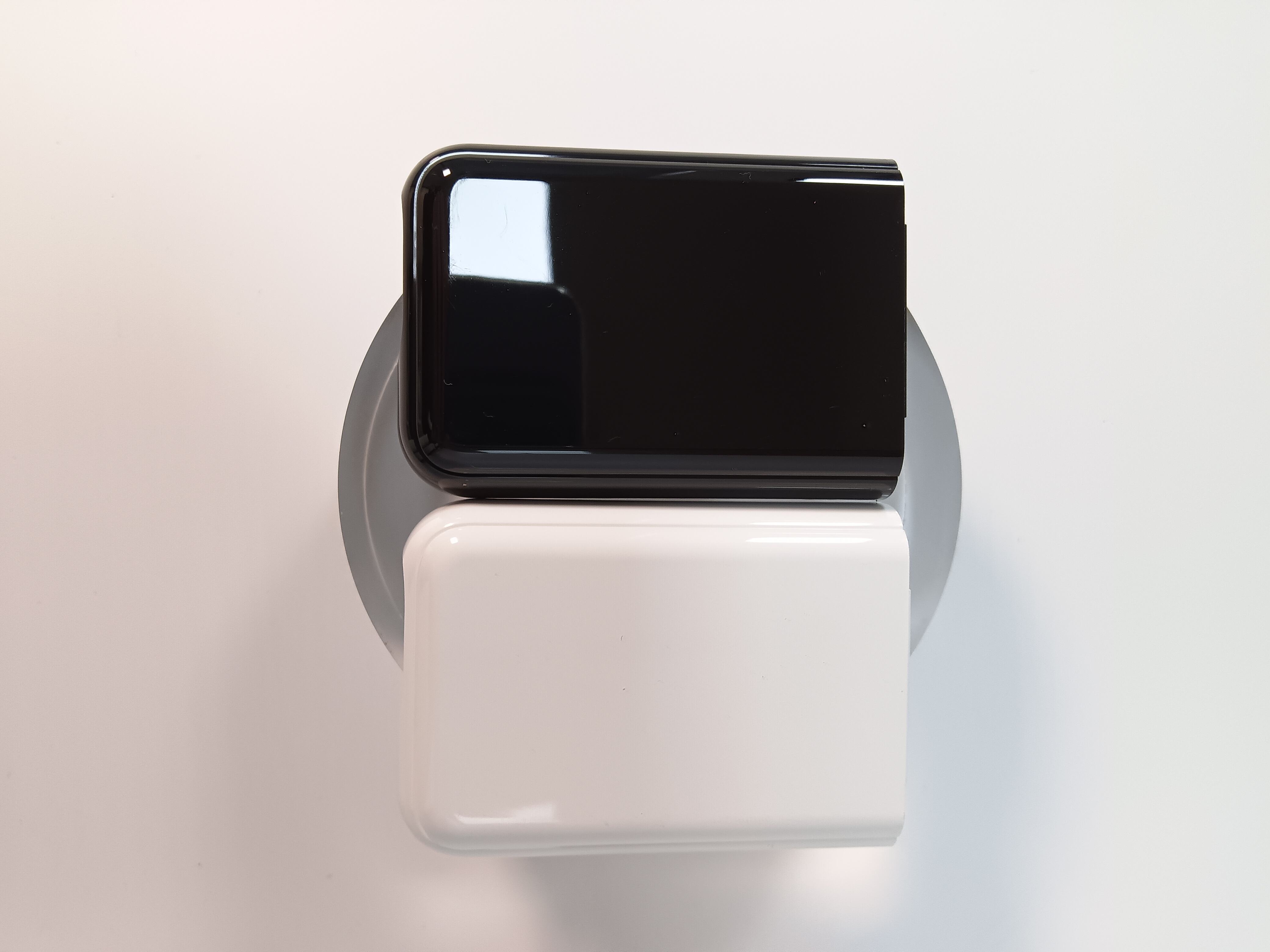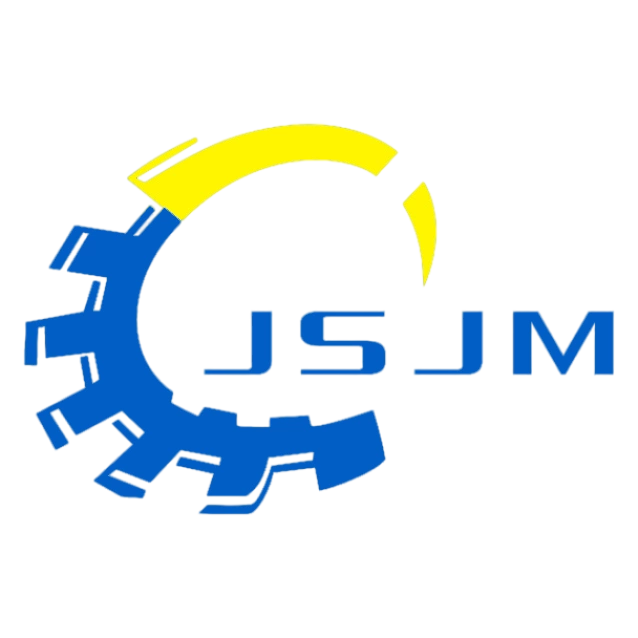Úloha vstřikovacích forem v chytré výrobě
Úvod do vstřikovacích forem v inteligentních výrobních procesech
Vstřikové lití je klíčovým výrobním procesem, kdy se roztavený materiál, jako je plast, vstřikuje do dutiny formy, aby se vytvořily části s vysokou přesností. Tato technika je podobná procesu výroby želé, kdy tekutina při ochlazení a ztužení nabírá tvar formy. Vřazené formy jsou v výrobě nezbytné, protože umožňují efektivní výrobu složitých tvarů a součástek. Umožňují sériovou výrobu jednotných, složitých výrobků, což výrazně snižuje dobu výroby a náklady, a tak hrají klíčovou roli v moderních odvětvích výroby.
Pochopení vstřikovacích forem: klíčové typy a aplikace
Vředicí formy jsou v výrobním průmyslu životně důležitými nástroji a pochopení jejich různých typů zvyšuje efektivitu výroby. Jednostranné formy vytvářejí jednu část za každý cyklus vstřikování. I když mají nižší náklady na nářadí, jsou obvykle pomalejší, což je činí ideálními pro malé výrobní objemy, kde je nezbytná podrobná kontrola výrobního procesu.
Na druhé straně mnohokouličové formy vyrábějí v jednom cyklu více stejných dílů, což výrazně zvyšuje rychlost výroby a snižuje náklady na každou jednotku, což je činí ideálními pro výrobu velkého objemu. Tyto formy, ačkoli jsou dražší, využívají úspory z rozsahu k poskytnutí nákladově efektivních řešení pro potřeby výroby ve velkém měřítku.
Rodinné injekční formy přidávají další vrstvu všestrannosti. Tyto formy mohou během jednoho cyklu vyrábět různé části, což je pro výrobu malých šarží různých výrobků nejvýhodnější. Tato schopnost je činí ekonomicky výhodnými pro výrobce zabývající se více výrobními řadami. Je však důležité si uvědomit, že všechny části vyráběné v jednom cyklu s rodinnou vstřikovací forem musí být vyrobeny ze stejného materiálu a barvy. Pochopení nuancí těchto typů forem umožňuje výrobcům vybrat nejvhodnější nástroj pro jejich specifické požadavky na výrobu, což optimalizuje náklady i účinnost.
Jak funguje vstřikovací tvarování
Proces vstřikovacího tvarování je operace s několika kroky, která je zásadní pro výrobu plastových součástek. Začíná přípravou materiálu, kdy jsou surové plastové pelety zahřaty do roztaveného stavu. Po zkapalnění se tento materiál pod tlakem vstříkne do dutiny formy. Když roztavený plast naplní formu, přijme tvar zamýšlené části. Následuje fáze chlazení, kdy se plast ztuhne a získává požadovanou pevnost a tuhost. Nakonec se plíseň otevře a výstrelový systém jemně vytlačí hotový produkt ven, připravený na procesy po produkci, jako je kontrola a balení.
V vstřikovacím tvarování se používají různé materiály, z nichž každý má své jedinečné výhody. Mezi běžné volby patří termoplasty, jako jsou polypropylen a polyethylen, pro jejich pružnost a odolnost. Tepelně pevné polymery jsou také oblíbené díky svým tepelně odolným vlastnostem. Inovace v oblasti materiálové vědy vedly k vzniku nových materiálů, jako jsou biologicky rozložitelné polymery, které zvyšují výkonnost výrobku a zároveň jsou šetrné k životnímu prostředí. Vzhledem k tomu, že výrobci neustále usilují o lepší výsledky, hraje vývoj nových materiálů klíčovou roli při zlepšování schopností vstřikovacího tvarování a kvality vyráběných výrobků.
Výhody použití vstřikovacích forem v inteligentní výrobě
Vřevní lití je vysoce nákladově efektivní proces, který se vyznačuje sníženým odpadem materiálu a nižšími náklady na pracovní sílu ve srovnání s tradičními výrobními metodami. Použitím forem se v tomto procesu snižuje spotřeba přebytečných materiálů, což přispívá k hospodářské účinnosti a udržitelnosti životního prostředí. Kromě toho automatizace, která je v procesu součástí, minimalizuje potřebu manuální práce, což dále snižuje výrobní náklady.
Kromě toho je vstřikovací lití proslulé vysokou výrobní rychlostí, která je dosažena díky rychlé době cyklu. Tato účinnost umožňuje výrobcům rychle vyrábět velké množství výrobků, a tak snadno uspokojit poptávku trhu. Schopnost vyrábět vysoce kvalitní díly v kratším časovém rámci vede ke zvýšení výroby a umožňuje společnostem udržet si konkurenční výhodu v dnešním rychle se rozvíjejícím tržním prostředí. Tato kombinace úspor nákladů a efektivní výroby činí vstřikovací kalování ideální volbou pro inteligentní výrobu.
Výrobní přehlídka: Inovační řešení pro vstřikovací tvarování
Naše nabídka inovativních řešení vyzdvihuje nejnovější pokroky v vstřikovacím kalupování a vyhovuje různým potřebám průmyslu. Od komponent HVAC až po automobilové díly, tyto možnosti demonstrují všestrannost a přizpůsobení nabídky vstřikovacího lisování v různých oblastech.
- Plastové součásti pro klimatizaci a prototypy kovových součástek : Tyto díly jsou ideální pro HVAC systémy, které vyžadují trvanlivost a přesnost. Tyto komponenty jsou vyrobeny s využitím CNC technologie pro optimální výkon v klimatizačních prostředích. Vytvoření vakuového tvarování zajišťuje vytvoření přesných kovových prototypů, které vyzdvihují komplexní proces návrhu a výroby. Komponenty splňují průmyslové normy a zároveň se zaměřují na kvalitu a účinnost.

- Specializované díly a související plastové výrobky : Změňte svůj automobilový design s našimi 3D tištěnými plastovými komponenty s inovativními technikami rozštěpování a špičkovými řešeními pro malování. Tyto pokročilé metody umožňují přizpůsobení vysoce výkonných dílů a příslušenství a nabízejí zjednodušené výrobní procesy prostřednictvím špičkové aditivní výroby.

- Průhledný vnější rámec PC vstřikovací lištění průhledné konstrukční části : Tyto části využívají průhledný materiál PC a nabízejí estetickou přitažlivost i praktickou funkčnost. Ideální pro vnější rámy a složitý design, udržují transparentnost bez ohrožení strukturální integrity. Tento výrobek zajišťuje kvalitu a jasnost a potvrzuje tak své místo v aplikacích s vysokou poptávkou po transparentním designu.

Tyto výrobky jsou příkladem probíhajících inovací v oblasti vstřikovacího lisování, což dokazuje jeho nepostradatelnou roli v moderní výrobě.
Výzvy a řešení v oblasti návrhu vstřikovacích forem
Návrh vstřikovacích forem představuje různé výzvy, které mohou výrazně ovlivnit kvalitu a účinnost výroby. Jednou z nejčastějších výzev je zmenšení materiálu, kdy se plastová část stáhne při ochlazení, což způsobuje potenciální rozdíly velikosti. Dalším častým problémem je deformace, která nastává, když se díl zkreslí nerovnoměrným chlazením. Kromě toho je nezbytné zajistit přesnost rozměrů, protože jakékoli odchylky mohou bránit v přiměřenosti a funkci dílu. Tyto problémy ovlivňují výnosy z výroby a zvyšují náklady, protože může být nutné přepracovat. Podle odborníků může i nepatrná odchylka v návrhu formy vést k nákladným výrobním chybám, což zdůrazňuje důležitost přesnosti.
Aby se tyto výzvy vyřešily, je třeba zvážit několik osvědčených postupů při navrhování forem. Implementace iterativních zlepšení designu umožňuje postupné vylepšování založené na testování a zpětné vazbě. Simulační software, jako je například Moldflow, se stává neocenitelným pro preventivní předpověď, jak budou návrhy fungovat a identifikaci potenciálních problémů před začátkem skutečné výroby. Díky simulaci procesu vstřikování mohou návrháři vylepšit svůj design tak, aby optimalizovali tok materiálu, jeho chlazení a vyvrácení, a tím snížili riziko vad. Využití proaktivní strategie návrhu v kombinaci s robustními simulacemi zajišťuje vytvoření forem, které efektivně vyrábějí vysoce kvalitní díly.
Budoucí trendy v oblasti technologií vstřikovacího tvarování
Automatizace významně mění vstřikovací kalování díky integraci robotiky a inteligentních senzorů. Tyto technologie zvyšují přesnost výrobních procesů, což umožňuje snížení lidských chyb a zvýšení přesnosti. Robotika zjednodušuje opakované úkoly, zatímco inteligentní senzory poskytují data v reálném čase, což umožňuje dynamické úpravy a zajišťuje optimální provoz. To vede ke zlepšení účinnosti výroby a kontroly kvality.
Kromě automatizace se udržitelnost stává v průmyslu vstřikovacího lisování klíčovým tématem. Výrobci postupně přechází k biologicky rozložitelným materiálům a energeticky účinným strojům, aby splnili globální cíle udržitelnosti. Tento přechod je podpořen údaji, které ukazují významné snížení materiálového odpadu a spotřeby energie, čímž se minimalizuje dopad výrobních procesů na životní prostředí. Takové pokroky nejen podporují ekologickou výrobu, ale také odpovídají rostoucí poptávce po udržitelných produktech.

